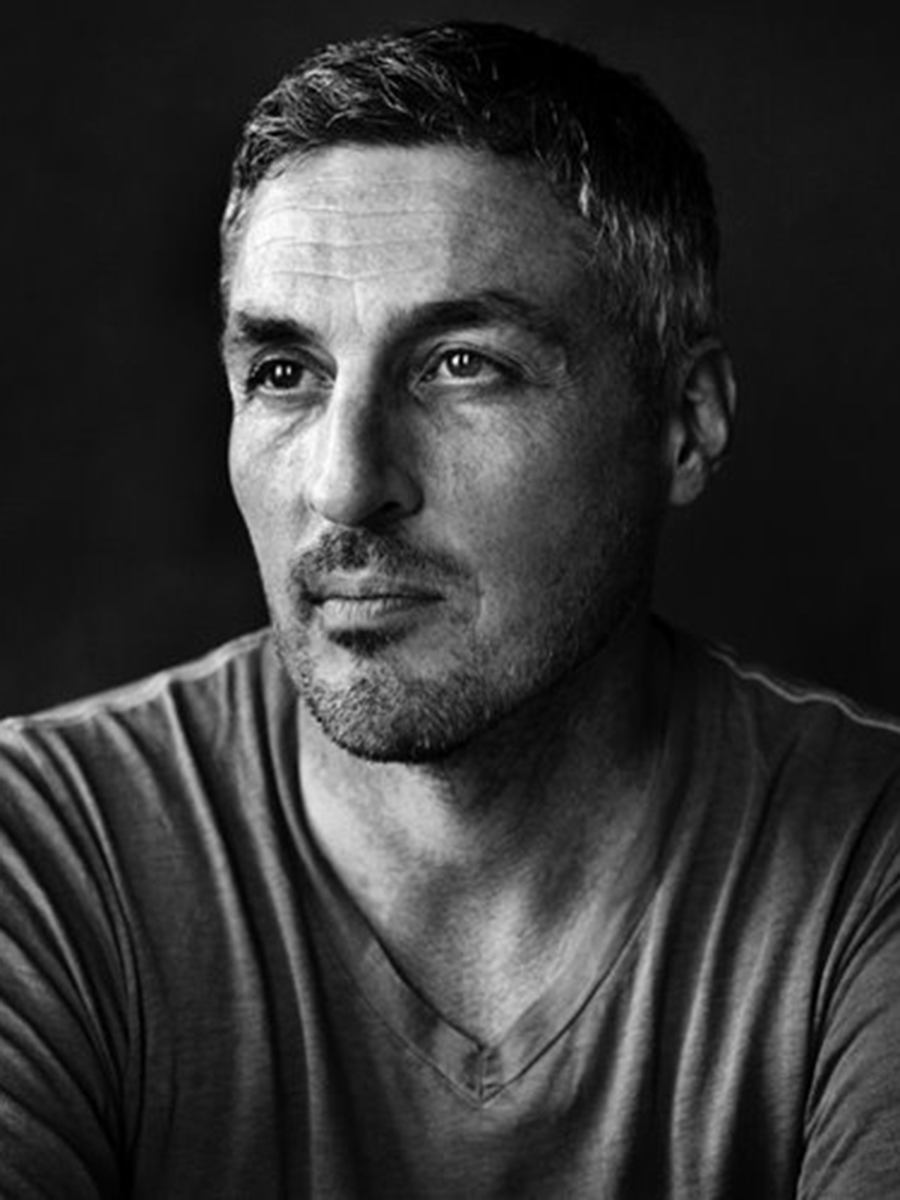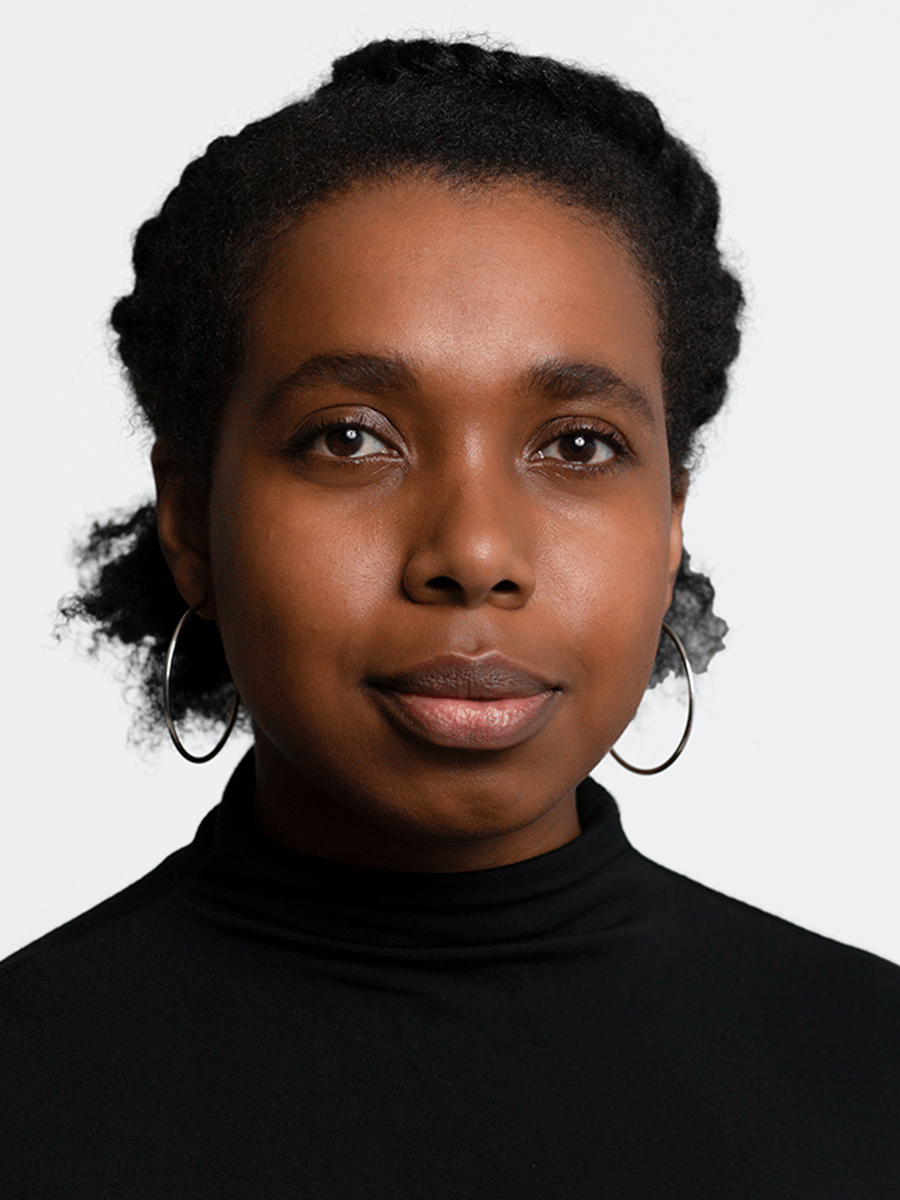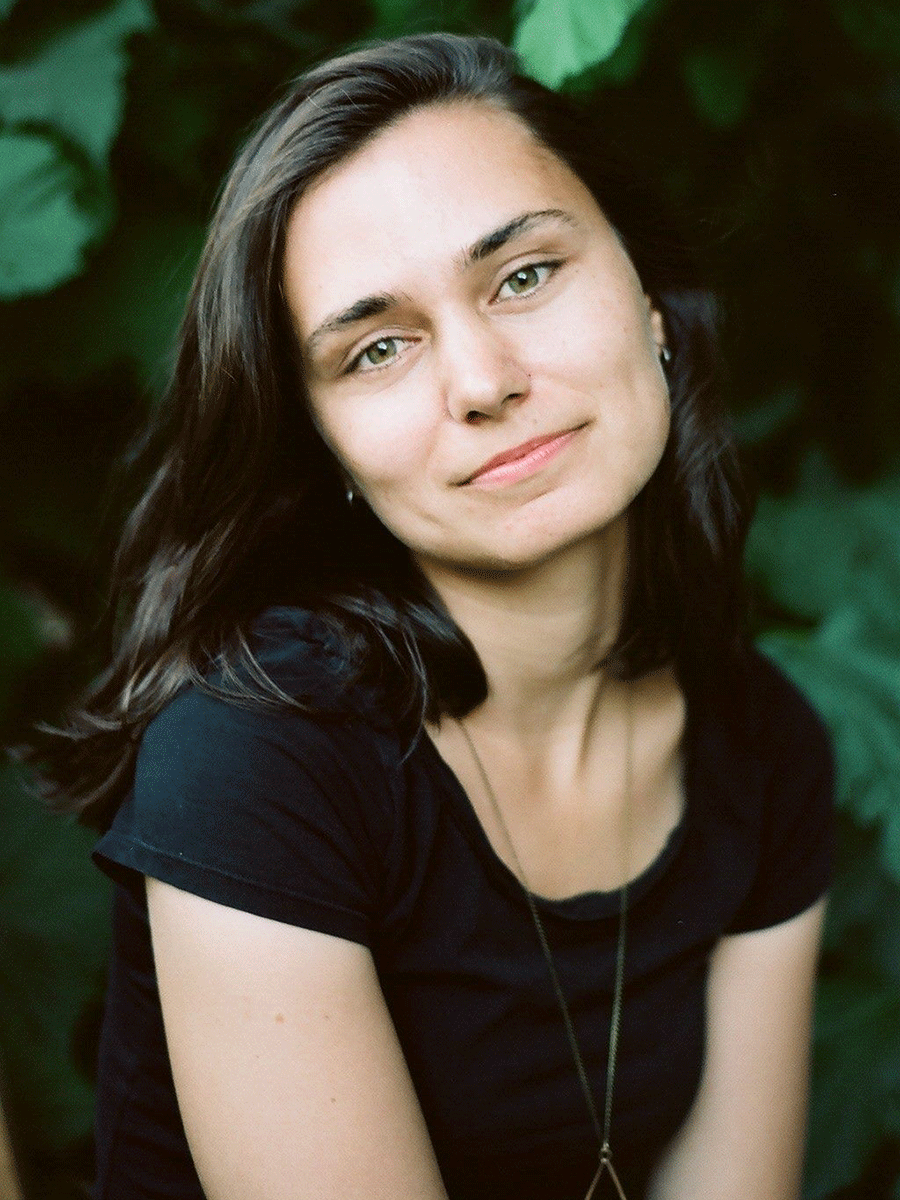The power of photography: Alumni share career highlights and vital advice for young photojournalists

From left to right: Finbarr O’Reilly (photo credit: Giles Duley), Solana Cain (photo credit: Melissa Tait/The Globe and Mail), Marta Iwanek
For decades, School of Journalism alumni have been using photojournalism to visually tell stories.

Photo credit: Giles Duley
Independent journalist Finbarr O’Reilly (external link) , ‘97 is known for his striking photos that cover complex humanitarian emergencies and collaborates with fellow journalists and on-the-ground voices to produce engaging stories and cover-worthy photos.

Photo credit: Melissa Tait/The Globe and Mail
Solana Cain (external link) , ‘12, is a news photo editor at The Globe and Mail. Cain looks beyond the camera lens and uses photography as a way for humans to connect and bond over the mutual language of imagery. She uses her role at The Globe and Mail to share quality photography produced by a diverse range of photographers that improves the connection between a photographer and a subject.

Documentary filmmaker and photographer Marta Iwanek (external link) , ‘12, examines community and family through the lens of identity and memory - what we gain from them, and what happens when that connection is lost.
How these three alumni were introduced to photojournalism and pursued it as a career
O’Reilly: I noticed that when I started producing photographs to go with my stories, my stories were otherwise being cut down to little briefs in the international section or being gobbled up into the text of other stories, but that can't happen with pictures.
The pictures were ending up on the front pages of newspapers and double-page spreads in magazines. So very quickly I learned that if I wanted to get the stories that I felt were important in front of the public, photography was the way to go. It has this immediate and emotional impact that words don't always have.
Cain: I truly wasn't aware of photo editors and photojournalism until my last year at Toronto Metropolitan University. Obviously, I knew there were photos in the paper, but I had never really learned about photojournalism until I took the photojournalism course taught by Peter Bregg. When I saw his portfolio, there were images that I realized I'd seen before. I thought, 'these photos are so impactful and important in human history.' I fell into journalism because I like to write, so this was another area that interested me. I'd get to be creative, and tell stories with a different medium.
Iwanek: I think I just really was drawn to telling stories. I didn't put the two together with the visual side until I started volunteering for one of their campus papers. I had my first assignment and they sent me to take photos and write a story. I just fell in love with the way that you could tell stories through visuals, through a camera. From then on, I knew that this was the path that I wanted to pursue. I tried to use my time at the journalism school to find any sort of way to really further my skills. I loved that you could tell like photos have their own language of emotion. I loved that you have to be out in the world to do photography, most of the time. You're always meeting new people and going to new places. It was both exciting, and also a really powerful medium to discover. So that's why I really, really fell in love with it.
Defining photography and its relationship with journalism
O’Reilly: With photography, you have that immediate connection with the viewer. You’re there and you take the picture of what you see that then gets seen by anybody around the world. When you work for a global news service, that can be in China, it could be Australia, it could be anywhere in the world, even Toronto. Being from a written background, I think journalism really informs the way that I photograph and I'm always hoping that my images will prompt the viewer to have enough interest in what's happening within the frame or the series of images to want to try and learn more about the people and about the situation that is being depicted.
Cain: Photography, photojournalism specifically, can communicate things where words fail. We don't all have to speak the same language to look at an image and understand what is happening or get a feeling from it. So for me, I feel like it's this universal communicator.
I'm also really passionate and conscious about who is taking the photos, I think it's excellent that journalism covers diverse communities but it's important that the people behind the lens are diverse, too and we're thoughtful about the photographers we assign.
I believe in the power of photojournalism. I truly believe that it doesn't matter what your background or social location is, we can all take something away when we look at an image and I think that although there aren't as many spaces in Canada to truly study photojournalism as there should be, I do think it's a craft that anybody if they have the drive and the desire, can engage with. You don't need to have fancy equipment or prestigious education to get started.
Iwanek: I work between a lot of mediums, and the school prepared me to both be a writer [and photographer]. Using that time to learn how to tell stories visually helped me become a photojournalist. I've also been doing filmmaking which combines a lot of that sort of storytelling and visual ability into its own medium. It's always been about the stories and about the different ways to tell them. I think with photos, it's often the first thing you see in an article, right? It's a really important part of the journalism ecosystem, you're interpreting the world for others and ensuring a piece of it visually. I think it's a really important job.
The ups and downs of working in photojournalism
O’Reilly: I spent a couple of years as a correspondent for Reuters in Central Africa and started incorporating more and more photography. They asked if I wanted to be a Western Central Africa photographer, based in Senegal, so I took that up to try more photography. That was catapulted by a picture that I took in 2005, in a feeding center in Niger. It was the hunger crisis, and it ended up winning the 2006 World Press Photo (external link) of the year, which is one of the biggest global photography awards for photojournalism. I felt very strange because I just started in photography, but something about the image resonated. That opened up other opportunities for me to grow and to spend the next subsequent sort of seven or eight years travelling around not just Western Central Africa, but other parts of the continent.
I ultimately ended up leaving Reuters in 2015, after having taken a sabbatical leave to do a Nieman Fellowship, which is an academic fellowship for journalists at Harvard, where you spend two years studying a subject of your choice. For me it was psychology, the psychology of trauma and how it affects journalists, but also the people who I was photographing in conflict zones. The last few years have been more about working as an independent photographer. My main clients are the New York Times and then I've also done commissions with the Nobel Peace Prize. In terms of the broader themes, I tend to look at human rights and humanitarian crises.
Cain: After I graduated from j-school, I completed an internship at Toronto Life magazine in the photo department and one of the magazine's freelance photographers told me about Loyalist College in Belleville, Ont. I was able to fast-track because I had the Bachelor of Journalism degree. After I graduated, I had difficulty landing a job. I did a bunch of freelancing gigs like weddings, headshots, baptisms, retirement parties, and anything you can think of, I did it. But it drained me and it wasn't exactly the type of work I wanted to do. Now and then I would pitch my own stories and photo projects to smaller independent publications. The money wasn't the best and I was about to pursue other career avenues when I got an email from the Globe and Mail asking if I'd be interested in applying for their summer staff program. It's a short term job placement as you're covering for staff on vacation. It was exhilarating. After three months, they offered me a part-time position which eventually became permanent. I'm really glad that I applied for the summer staff position and didn't abandon journalism, because there are so many things that have happened in the world since I started at the Globe and it's been fulfilling to be at a national newspaper helping to decide what images get published with these important stories.
Iwanek: When I graduated from journalism school, I knew I wanted to pursue photojournalism fully. So, I went to Loyalist College in Belleville, Ont. and I did a photojournalism diploma to focus my skills. I started with my first internship at a small paper, then my next internship was a medium size newspaper, then, a national paper, I had an internship at the Toronto Star, which then turned into more of a long-term contract. I was able to spend a lot of time there learning from the other photojournalists and editors, but I think it was really special to start smaller because there's a connection that I think sometimes might get lost in bigger papers.
After the Toronto Star, I had an internship at the Canadian Press (which) taught me a whole different skill set to work quickly and on a national level as well. After that, I started to freelance in Toronto. My background is Ukrainian, so I spent a few years as well freelancing in Ukraine. In my sort of late 20s, I moved back to Ukraine and started to freelance there and to also reconnect with family. Then after that, I did a master's in the Netherlands and came back to Toronto during the pandemic.
It's been a long story and now recently I am teaching as an instructor in the photojournalism course at TMU. So that has been a great chance to come back and give back to the school.
Advice for up-and-coming journalists getting into the industry
O’Reilly: We all start as I did when I was graduating from university wanting to accomplish certain things, whatever your goals are, the important thing is this can be a very competitive industry and can be a very cutthroat industry. But the photographers and journalists whose work I admire most, and who I like to associate with, are those who are the most empathetic and who are the most collaborative. A lot of the work I've been doing in the last five years is collaborative work with journalists from Congo or Ethiopia. It's important to remember that not everybody has the same kind of opportunities that we do or that we've had, and remembering our positions of privilege, people like me, who are structurally positioned in places where we're able to go and share what’s happening.
It's challenging, it's very competitive and the market for freelance journalism and freelance photography is ever-shrinking. People have to consider how they're going to do this job and make a living at it. Not to sound too pessimistic, but you have to be passionate about this and be prepared to make certain sacrifices in your life to do this kind of work.
Cain: If you're interested in photojournalism, or photo editing, pay attention to the types of photography that are published by newspapers, and other media, day after day. Pay attention to how the photos are being taken. Learn who the photojournalists are in Canada, and research their work.
I think the biggest thing I struggled with when I was in school was the feeling that I needed to be somewhere action-packed, like a conflict zone in order to create impactful work. But there are so many good stories within your community.Talk to your family, your neighbours, and your peers to find them. I always encourage younger photographers, to photograph what's important to them, photograph what tells their story, and the story of their community, don't think too much about what mainstream media is giving attention to or following. Follow what matters to you. And just take photos however you can, with your phone, your point-and-shoot camera, or a DSLR. Get out there and start telling stories.
Iwanek: I think always take care of yourself. I don't think the industry teaches that to us enough because the better you are, yourself, the better you will be for the people whose stories you're telling. In our careers, we often come across many stories of trauma and it helps to make sure you're coming from a trauma-informed perspective and making sure you know how to take care of yourself afterwards.
This interview has been edited for length and clarity.